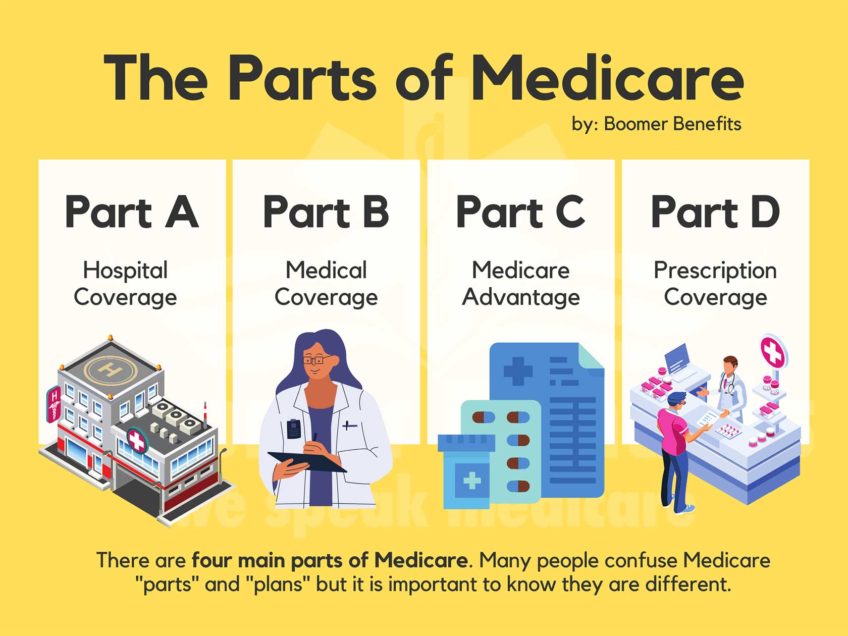A new report by the Boston Public Health Commission revealed that the adolescent birth rate among Boston’s female residents is declining along with the overall percentage of preterm births.
The infant mortality rate for black infants has also declined in recent years, according to results found in the nearly 300-page “Health of Boston 2012-2013: A Neighborhood Focus.”
The report details the latest trends in the health of city residents using approximately 30 indicators for the city overall and for individual neighborhoods. The report presents data for indicators related to select birth outcomes, health-related behaviors, disease incidence, hospitalizations, emergency department visits and causes of death.
This year’s Health of Boston, the latest edition of the report that has been commissioned annually since 1996, represents the most comprehensive presentation of Boston neighborhood-level data to date.
“As we work to build a healthier city for all our residents, we need to base our policies and practices on the best data available, and that’s exactly what the Health of Boston report offers,” Mayor Menino said. “The positive trends we’re seeing on issues such as infant mortality, heart disease and smoking are encouraging, but the challenges this report brings to light, especially around obesity and physical activity, are even more informative as we set our priorities for the future.”
An analysis of select health indicators over time revealed progress or sustained improvement for several key public health priorities. For example:
• The adolescent birth rate for Boston female residents ages 15-17 decreased 9 percent from 2005 to 2010 and the overall percentage of pre-term births among all Boston resident births decreased from 11 percent in 2005 to 9 percent in 2010, based on preliminary data.
• The five-year rolling average infant death rate for black infants declined 11 percent from the period 2001-2005 to 2006-2010, compared to a decline of 8 percent for Boston overall.
• Boston’s stroke-related death rate decreased 15 percent from 2005 to 2010.
• From 2001 to 2011, the percentage of Boston public high school students who reported smoking cigarettes decreased. Similarly, the percentage of Boston adult residents who reported smoking cigarettes decreased from 2001 to 2010.
Neighborhood health indicators also demonstrated progress in key areas. According to preliminary data for 2010, from 2005 to 2010, Mattapan and Roxbury experienced the greatest decreases in adolescent birth rates for females ages 15-17, declining 55 percent and 40 percent, respectively.
Heart disease hospitalization and death rates decreased for the majority of Boston neighborhoods and almost every neighborhood experienced a decrease in asthma emergency department visits for children under the age of 5.
[[include:AdsZone26001]]
Some of the challenges shown in the report include:
• Compared to Boston’s white residents, black and Latino residents continue to suffer disproportionately from poorer health outcomes. These inequities are evident in the rate of births among adolescent females, infant birth weights, infant death rates, heart disease hospitalizations, diabetes hospitalizations, homicide and adult obesity.
• From 2001 to 2010, the percentage of obese adult Boston residents (individuals with a body mass index of 30 or more) increased.
• From 2001 to 2011, the percentage of public high school students engaging in regular physical activity during a given week remained static. The same was true for the percentage of high school students that reported binge drinking.
The release of this year’s report is accompanied by interactive online maps that display neighborhood-level data for a variety of health and socioeconomic indicators and by a new companion publication called Place Matters.
“This report has always been an important tool for developing public health policies and for determining how we allocate resources,” said Dr. Barbara Ferrer, executive director of BPHC. “We hope that this year’s revised format and the new tools that come with it empower our residents to be more involved in the conversation about the health of our city.”
The complete Health of Boston report and Place Matters can be found at www.bphc.org.


![Banner [Virtual] Art Gallery](https://baystatebanner.com/wp-content/uploads/2024/04/Cagen-Luse_Men-at-store-e1713991226112-150x150.jpg)



